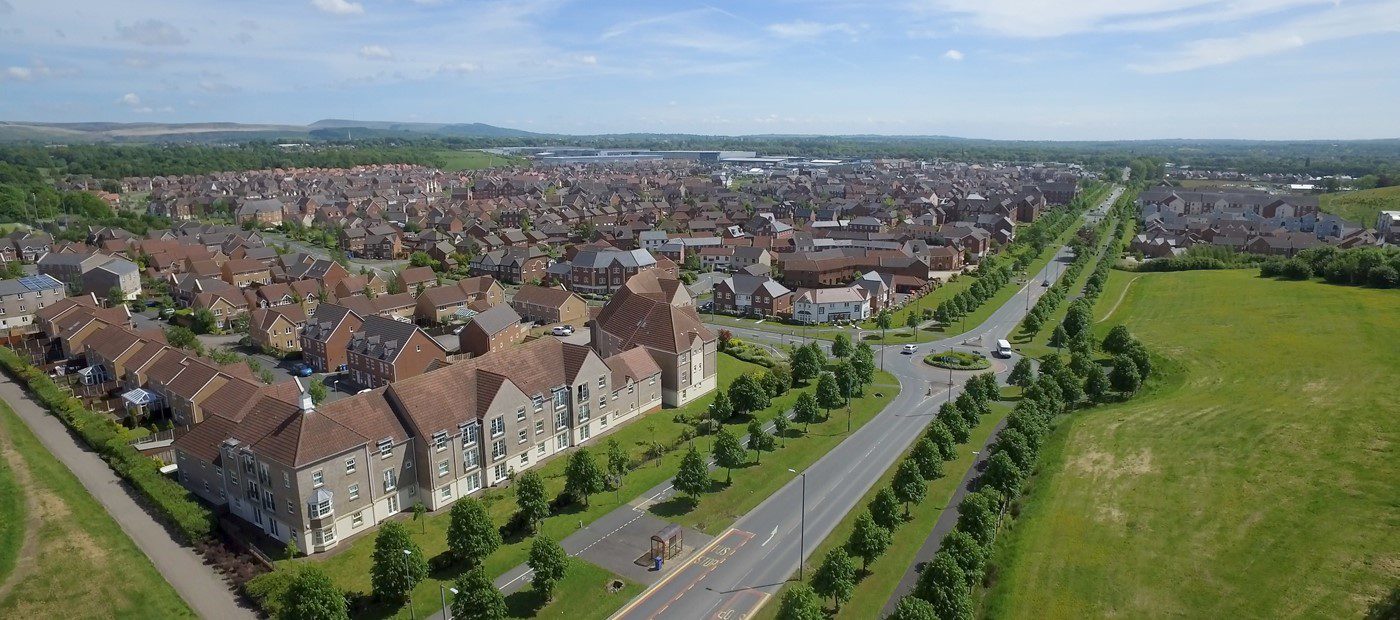A Section 106 agreement is a legally binding contract between a developer and the local government, aimed at balancing the social impact of new developments on the surrounding community.
This agreement ensures that planning proposals are approved only when developers commit to measures that benefit the local area and offset the impact of the construction.
Section 106 (S106) agreements have long been a cornerstone for developers, helping fund affordable housing and meet local targets. However, with rising costs and tighter financial conditions, S106 agreements are becoming harder to sustain, pushing developers to rethink their approach.
Declining Section 106 Agreements and What it Means for Affordable Housing
Since 2015, S106 agreements have been crucial in affordable housing, contributing a large share of new home delivery. Yet, due to financial pressures and a shift by Registered Providers (RPs) to focus on existing stock, the ability to purchase S106 properties has decreased. This slowdown is impacting both affordable and broader housing delivery, especially in regions like southern England, which rely heavily on S106 for affordable housing.

Key Challenges: Tight Margins and Rising Standards
Developers now face squeezed profit margins and rising costs, making traditional S106 schemes financially challenging. Many are exploring new funding models, such as partnerships with housing associations or alternative financial contributions, to maintain project viability. Negotiating with local authorities on planning policies increasingly requires balancing housing delivery with economic feasibility.
Adding to the strain, RPs are facing prolonged financial pressures, with two-thirds predicting limited capacity to invest for at least the next few years. Developers are also expected to meet higher standards in sustainability, quality, and design, reflecting RPs’ selectiveness in today’s market.
New Opportunities: Flexibility and Alternative Funding
While challenging, this shift opens opportunities for developers to pursue adaptive business models that balance profitability with community impact. Partnerships with housing associations and grant-funded developments are emerging as significant contributors to affordable housing, offering a way to reduce reliance on S106 agreements. By prioritising sustainability and energy efficiency, developers can align with RPs’ goals, making these properties more attractive to the selective buyers still active in the market.
Moving Forward: Collaboration and Policy Flexibility
With the future of S106 agreements uncertain, collaboration between developers, RPs, and local authorities is essential. Engaging RPs early in the development process can provide insights into design and quality expectations, helping bridge the gap between developers’ offerings and RP requirements.
Policy flexibility will also be key to keeping projects on track. Targeted government support and adaptable planning policies can help prevent housing projects from stalling. In areas where demand for S106 is limited, allowing alternative models, like Discounted Market Sale or Rent, could maintain project flow and meet housing needs.
Senior advisor Matt Blackhall notes, “Affordable housing development is entering a new phase that demands flexibility, innovation, and adaptability. By embracing new funding options, raising sustainability standards, and building collaborative relationships, developers can meet today’s challenges and create resilient strategies for the future.”
J3 Advisory: Structural Warranty Specialists
At J3 Advisory, we provide Structural Warranties for both residential and social housing properties. To find out more, get in touch with one of our team today
About the Author

Matthew Blackhall
Senior Advisor
Matt joins J3 having developed an impressive network of property professionals since moving to London. His experience centres around supporting SME housebuilders and housing associations in arranging and placing structural warranty insurance. His commitment and track record of securing the best possible outcome has been his professional trademark which underpins his successful client relationships. Matt was raised in Leeds, and studied in Newcastle before moving to the capital.





